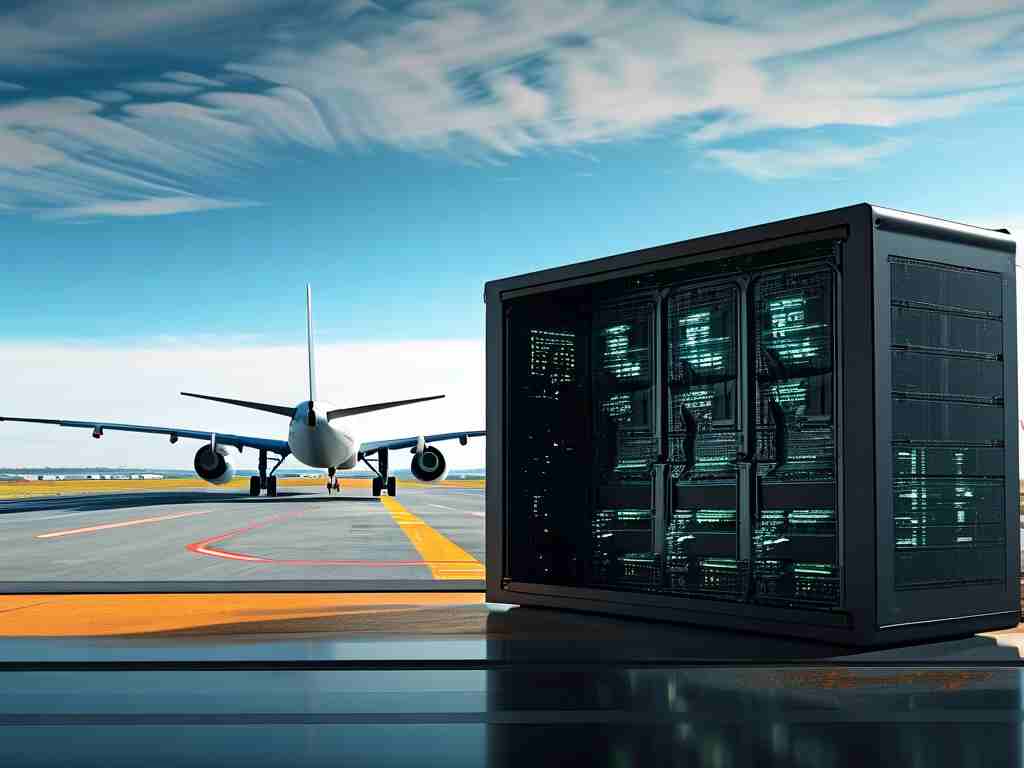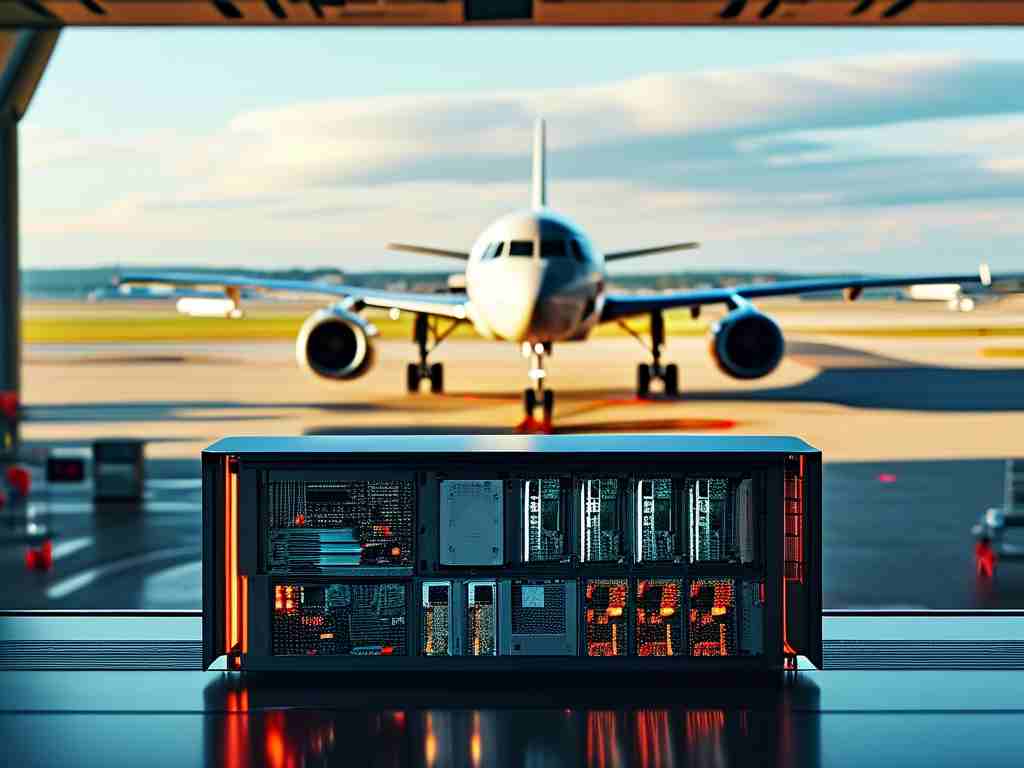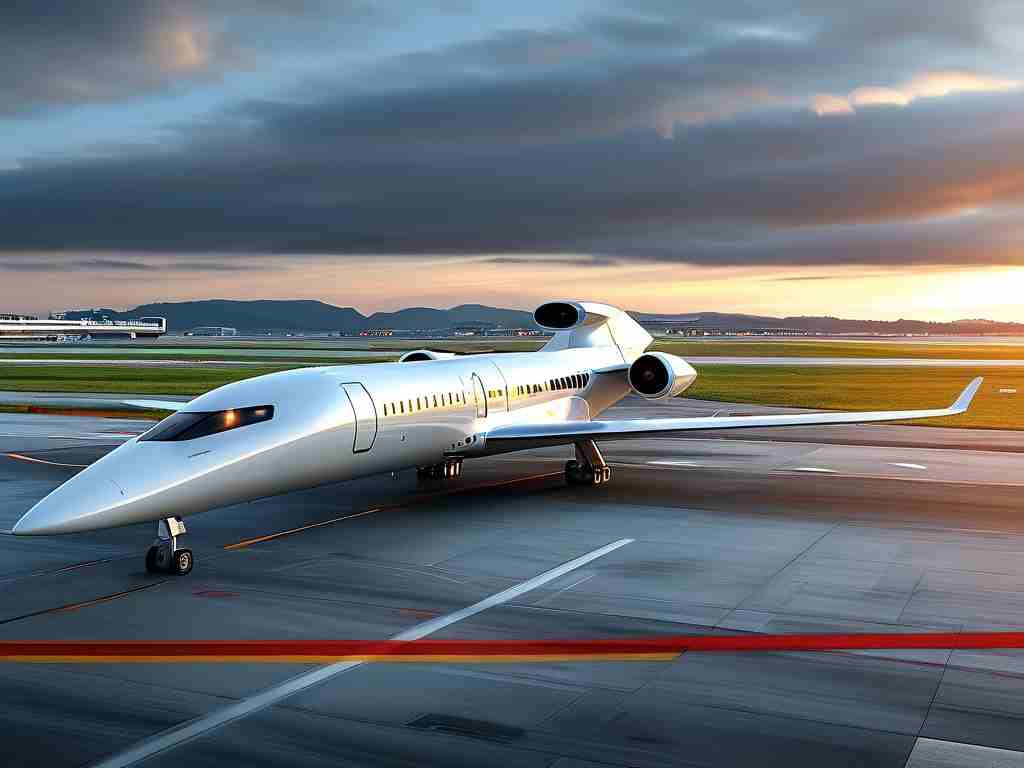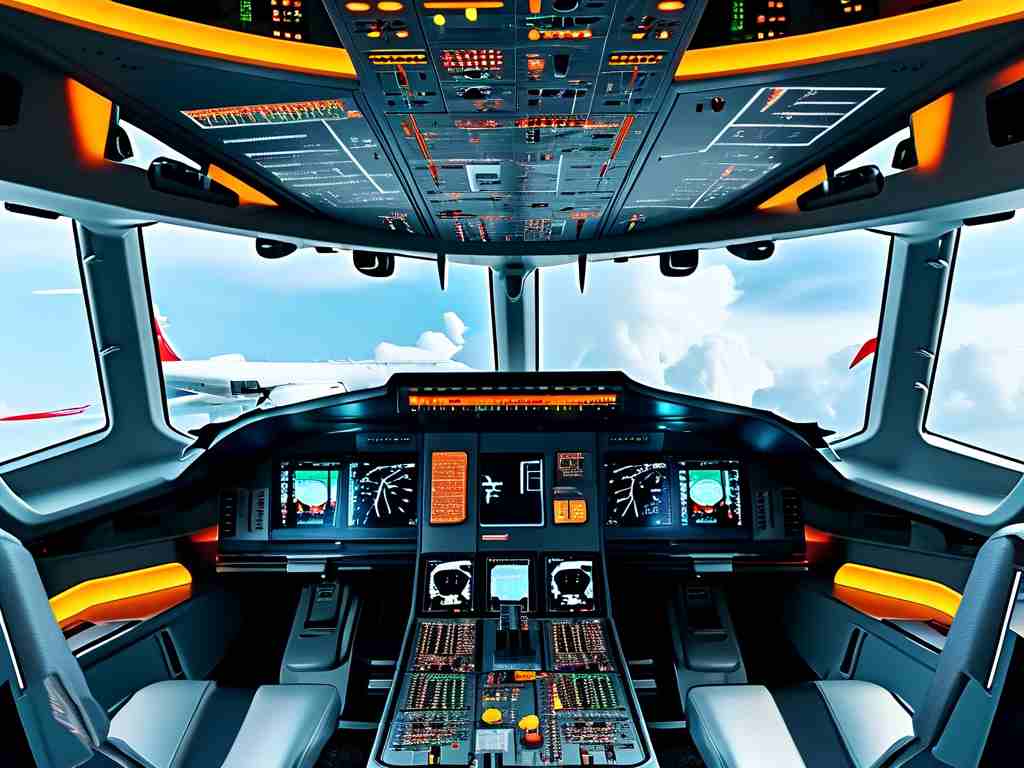The question of how much memory modern aircraft computers utilize is a fascinating intersection of aerospace engineering and digital technology. While consumer devices like smartphones often flaunt 8GB or 12GB of RAM, the computational systems powering commercial and military aircraft operate under vastly different constraints and requirements. This article delves into the specifics of aircraft computer memory, exploring its capacity, purpose, and the unique challenges engineers face in aviation systems.

At the core of an aircraft’s avionics suite is the Flight Control Computer (FCC), a specialized system responsible for managing everything from navigation to engine performance. Unlike consumer electronics, these computers prioritize reliability and real-time processing over raw memory capacity. For instance, a Boeing 787 Dreamliner’s FCC typically uses around 4–8GB of non-volatile memory for critical flight software and operational data. However, this number can vary depending on the aircraft’s age and design. Older models, such as the Boeing 737 Classic series, may operate with as little as 512MB, relying on streamlined code optimized for decades of service.
The distinction between volatile and non-volatile memory is crucial in aviation. Volatile memory (RAM) handles temporary data processing during flight, such as sensor inputs or autopilot adjustments. Modern aircraft might allocate 2–4GB of RAM for these tasks, ensuring rapid response times. Non-volatile memory, on the other hand, stores permanent software, including the operating system and redundancy protocols. This is often embedded in solid-state drives (SSDs) with capacities ranging from 32GB to 256GB, depending on the aircraft’s complexity. For example, the Airbus A350’s integrated modular avionics system uses a distributed architecture with multiple redundant SSDs to safeguard against data loss.
One key factor limiting memory expansion in aviation is certification standards. Regulatory bodies like the FAA and EASA require rigorous testing for any hardware or software changes. Upgrading a system from 4GB to 8GB might seem trivial, but the re-certification process can take years and cost millions. This explains why many aircraft continue to use older, proven systems rather than adopting the latest consumer-grade technology. Additionally, aerospace-grade memory modules must withstand extreme conditions—temperature fluctuations, vibration, and radiation—which further complicates design and scalability.
Interestingly, military aircraft often push the boundaries of onboard memory. The F-35 Lightning II’s Integrated Core Processor (ICP), for instance, utilizes a partitioned system with over 16GB of RAM to manage radar, targeting, and communication systems simultaneously. Such high capacity supports advanced AI algorithms for threat detection and sensor fusion. However, even these cutting-edge systems prioritize deterministic performance (guaranteed response times) over sheer memory size, a principle rooted in aviation safety protocols.
Looking ahead, emerging technologies like quantum computing and neuromorphic chips could revolutionize aircraft memory architecture. NASA and Boeing have already experimented with quantum-resistant encryption modules for future spacecraft, which may require entirely new memory paradigms. Meanwhile, startups like Syntiant are exploring low-power, high-efficiency neural processors for drone navigation—a field where memory optimization is critical.
In summary, while the memory capacity of aircraft computers may seem modest compared to consumer devices, their design philosophy centers on reliability, redundancy, and real-time precision. From commercial jets to advanced fighter planes, these systems exemplify how “less can be more” when engineering for safety-critical environments.







